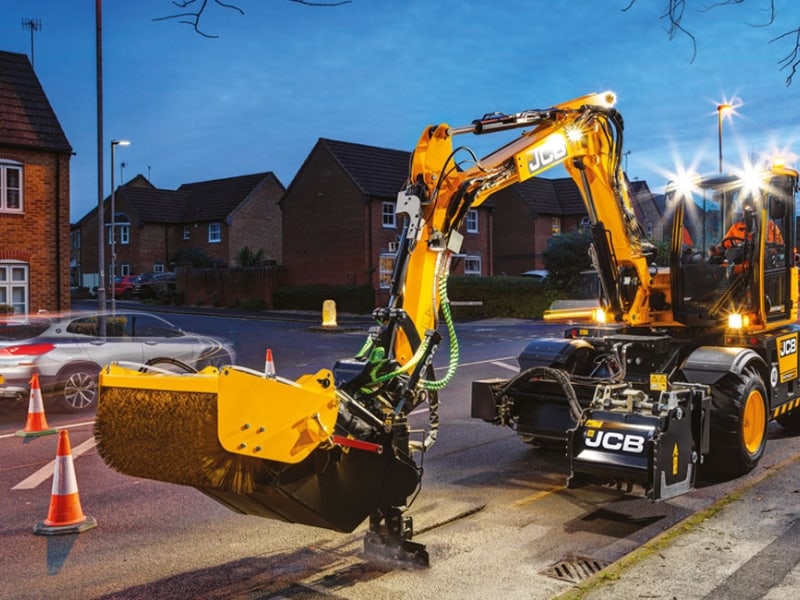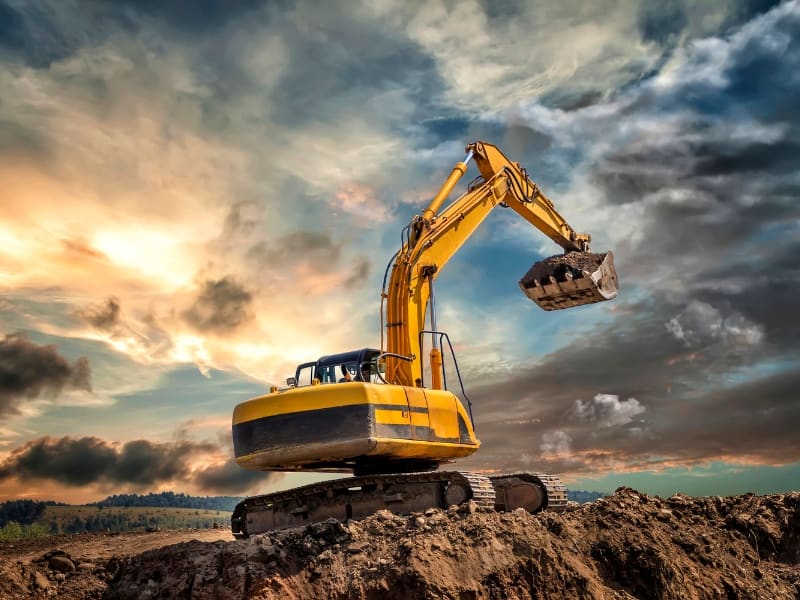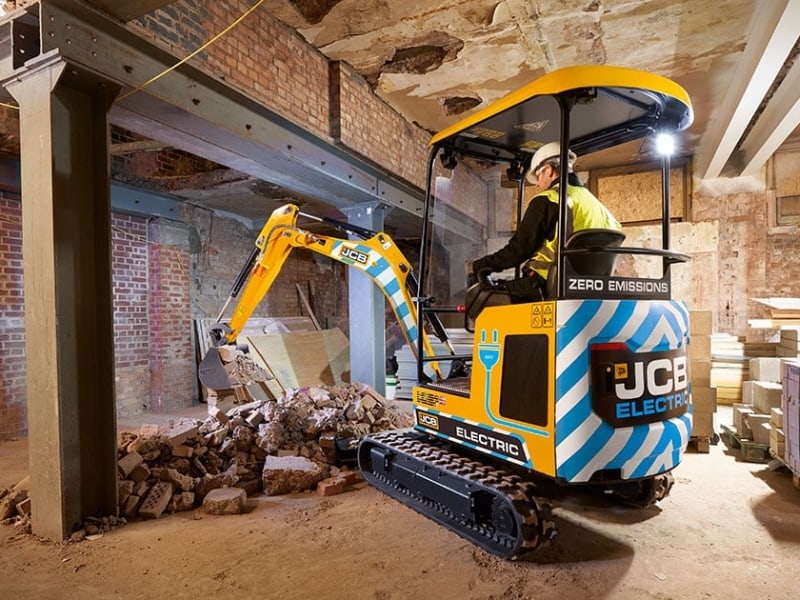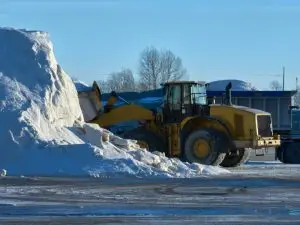The Mighty Excavator: A Cornerstone of Modern Construction
An Introduction to Excavators
In the realm of heavy machinery, few devices match the versatility and power of the excavator. These mechanical marvels, with their long arms and robust construction, play a crucial role in a wide array of construction and engineering projects. Whether it’s digging trenches, lifting heavy materials, or demolishing structures, excavators are indispensable tools in modern construction.
The Evolution of Excavators
The history of excavators can be traced back to the early 19th century. The first steam-powered excavator, known as the “Steam Shovel,” was invented by William Otis in 1839. This breakthrough paved the way for more sophisticated designs and technologies. Over the decades, excavators have evolved from cumbersome, steam-powered machines to the sleek, efficient hydraulic models we see today.
The introduction of hydraulic systems in the mid-20th century revolutionized the performance and capabilities of excavators. Hydraulic excavators allowed for smoother, more precise movements and enabled operators to handle a wider range of tasks with greater ease. This innovation marked a significant milestone in the development of construction machinery.
Types of Excavators
Modern excavators come in various shapes and sizes, each designed for specific applications. Here are some of the most common types of excavators:
Crawler Excavators
Crawler excavators, also known as track excavators, are equipped with tracks instead of wheels. This design provides excellent stability and traction, making them ideal for rough or uneven terrain. Crawler excavators are commonly used in large-scale construction projects, mining operations, and forestry work.
Wheeled Excavators
Wheeled excavators are similar to crawler excavators but are mounted on wheels instead of tracks. This allows for greater mobility and speed on paved surfaces. Wheeled excavators are often used in urban construction projects, road maintenance, and utilities work where maneuverability is essential.
Mini Excavators
Mini excavators, or compact excavators, are smaller versions of standard excavators. Despite their size, mini excavators are incredibly versatile and can perform a wide range of tasks in confined spaces. They are popular in landscaping, small construction projects, and utility work.
Long-Reach Excavators
Long-reach excavators are equipped with extended arms that allow them to reach greater distances. This makes them ideal for tasks such as dredging, deep excavation, and demolition work. The extended reach also enables operators to work safely from a distance, reducing the risk of accidents and injuries
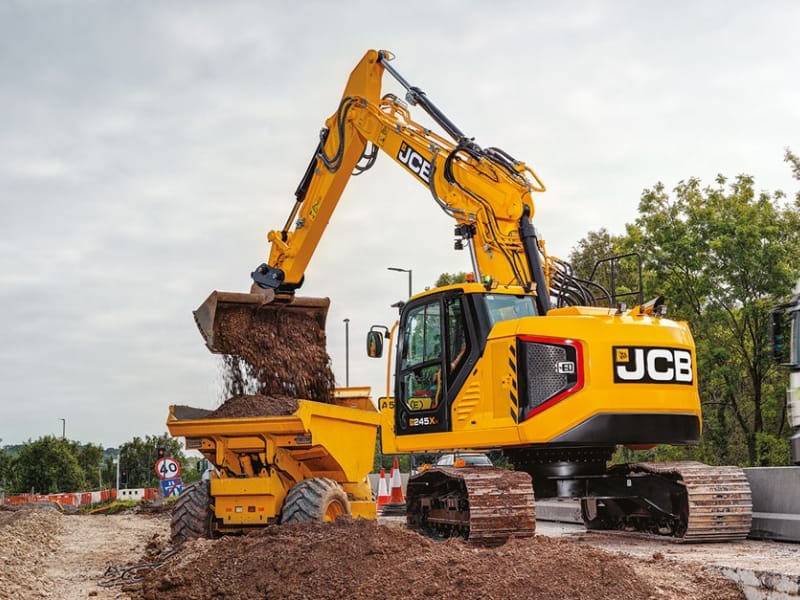
Uses of Excavators
Excavators are known for their versatility and are used in a variety of industries. Here are some of the primary uses of excavators:
Construction
Excavators are a mainstay in the construction industry. They are used for digging foundations, trenches, and basements, as well as for grading and leveling land. Excavators are also essential for lifting and placing heavy materials, such as steel beams and concrete panels.
Demolition
With their powerful hydraulic systems and robust construction, excavators are ideal for demolition work. They can easily tear down buildings, bridges, and other structures, reducing them to rubble. Specialized attachments, such as hydraulic breakers and shears, enhance their demolition capabilities.
Mining
In the mining industry, excavators are used to extract valuable minerals and ores from the earth. Their ability to dig deep into the ground and handle large quantities of material makes them indispensable in mining operations. Excavators are also used for removing overburden and transporting materials within the mine site.
Forestry
Forestry operations often rely on excavators for tasks such as logging, land clearing, and road building. Excavators equipped with grapples and saws can efficiently fell trees, remove stumps, and process timber. Their versatility and power make them valuable assets in the forestry industry.
Landscaping
In landscaping, excavators are used for tasks such as digging ponds, creating terraces, and installing drainage systems. Mini excavators, in particular, are popular in landscaping due to their ability to work in tight spaces and perform delicate tasks without damaging the surrounding environment.
Attachments and Accessories
One of the key features that make excavators so versatile is their ability to use a wide range of attachments and accessories. These attachments can be easily swapped out to suit different tasks, enhancing the functionality of the excavator. Some common attachments include:
- Buckets: Used for digging, scooping, and moving materials. Buckets come in various sizes and shapes to suit different applications.
- Hydraulic Breakers: Used for breaking up concrete, rock, and other hard materials. Hydraulic breakers are essential for demolition and mining work.
- Grapples: Used for grasping and lifting logs, debris, and other materials. Grapples are commonly used in forestry and recycling operations.
- Augers: Used for drilling holes in the ground. Augers are often used in construction and landscaping for installing posts and foundations.
- Thumbs: Used for grasping and holding materials. Thumbs are often used in conjunction with buckets for handling irregularly shaped objects.
Conclusion
Excavators are truly remarkable machines that have transformed the construction and engineering industries. Their evolution from steam-powered shovels to advanced hydraulic marvels is a testament to human ingenuity and innovation. With their diverse range of types and attachments, excavators continue to play a vital role in shaping our world, one scoop at a time.
